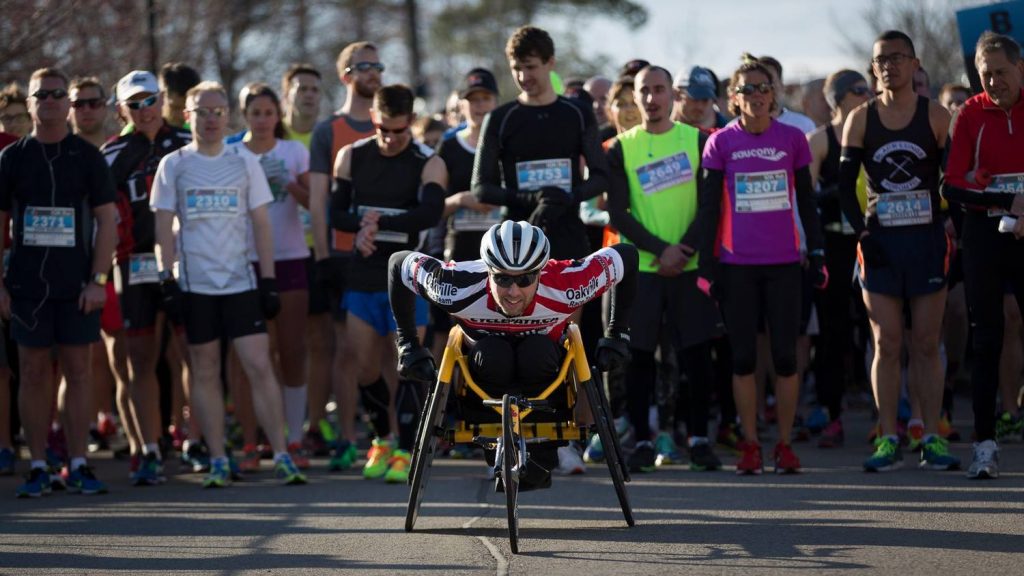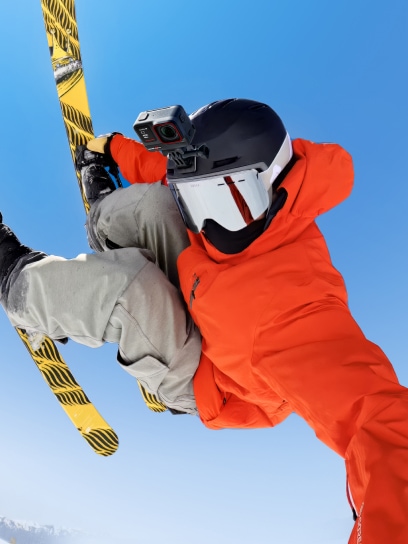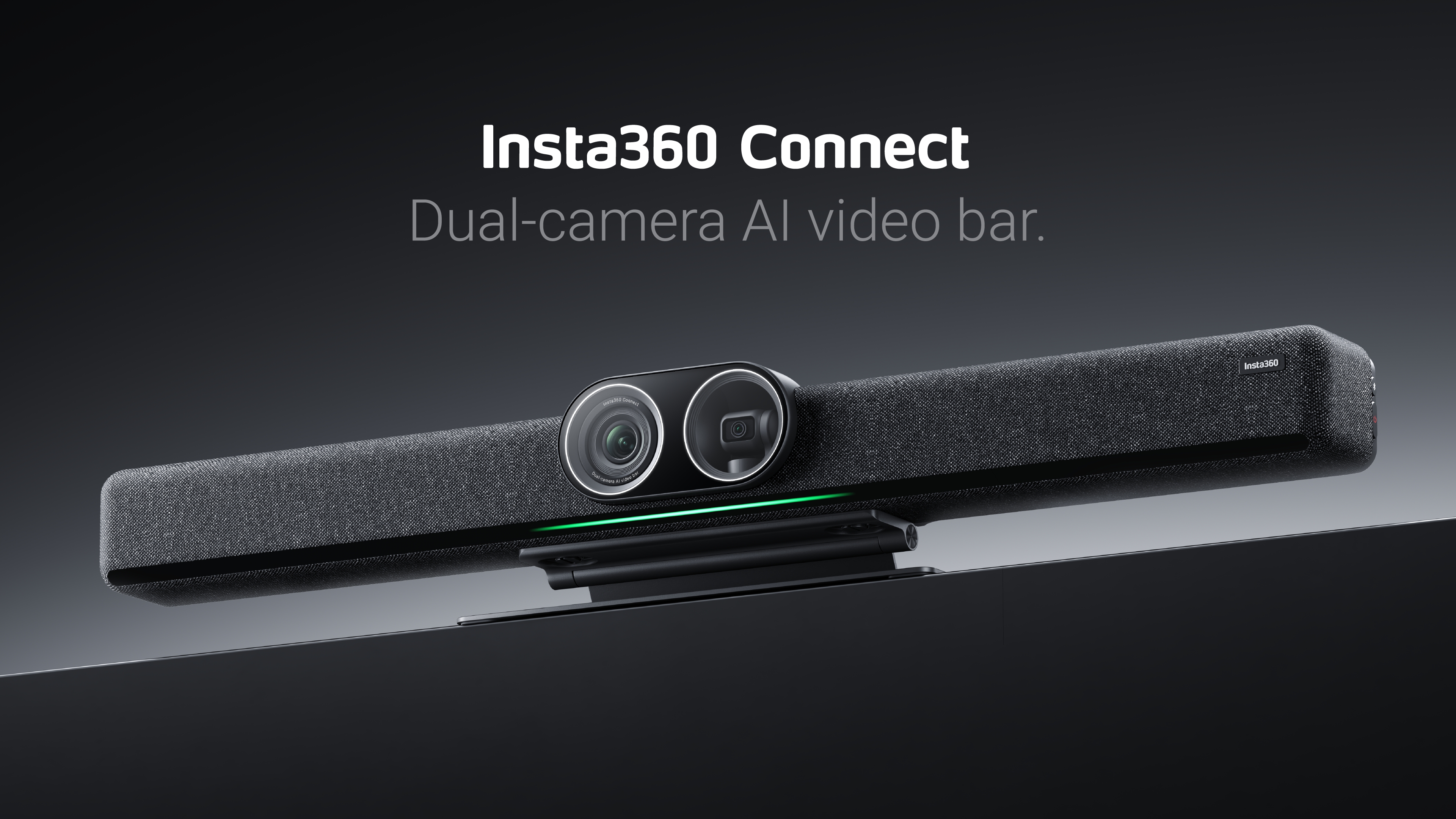Robert Buren was living an active life until breaking his back in a tragic mountain biking accident.

Paraplegic and unable to walk at the age of 37, you’d think the greatest challenge he’d have to face would be never walking again. But Buren soon discovered his greatest challenge would be the onset and progression of neuropathic pain, a chronic pain condition. Determined not to give up, he looked to an unconventional method to help mitigate his pain: virtual reality therapy.
Neuropathic pain is a common ailment for people who suffer from spinal cord injuries, multiple sclerosis and strokes. When you stop moving the paralyzed parts of your body, the brain thinks there’s a problem and falsely alerts your body with pain signals. Ranging in intensity from mild to severe, a burning sensation can make it feel as if the paralyzed parts of your body are on fire.
Neuropathic pain is notoriously difficult to treat because the pain is coming from the brain, rather than a physical event or injury. But Buren’s always pushed his limits, both before and after his injury. He thought, what if I could reprogram my brain to stop sending pain signals with virtual reality technology? And so, Buren set out to test this idea with just a friend, a 3D camera and a $20 VR headset.
The potential of virtual reality technology to help paraplegics relieve pain
Buren turned to virtual reality as a possible pain management solution after hearing about mirror box therapy. Amputees often suffer from a form of neuropathic pain known as “phantom limb pain.” In this case, the brain continues to send pain signals as if an amputated limb was still attached and injured.
With mirror box therapy, an individual missing an arm can place their good arm (or leg) in a box with a mirror inside facing the good arm. The reflection of your good arm then appears where your missing arm would be. By looking at the reflection, you can often fool the brain into thinking that your arm is no longer missing and for many it will reduce or even stop sending the pain signals.
Buren doesn’t have a good leg to move to put into a mirror box. But he wondered if there might be a way to leverage this idea with virtual reality technology. Could he fool his brain by watching a 3D video of a man from the first-person perspective and mentally matching his movements? Would his brain stop sending pain signals if he fooled it into thinking he’d regained control over his lower body?
Visualizing movements through virtual reality therapy
In early 2019, Buren reached out to his Facebook friends to see if anyone had experience with virtual reality technology. Buren’s friend Jim Pedrech, an award-winning educator and lover of all things tech, volunteered to take some videos for Buren’s experiment. The search for a portable and affordable 3D camera for Pedrech to film with led Buren to Insta360 EVO.
All Pedrech had to do was film a few videos with EVO while wearing a head or chest strap to capture his first-person perspective. Pedrech filmed himself doing simple tasks that most people take for granted, like walking up a hill or even scrunching his toes together to feel his dog’s fur.
Buren then wears a VR headset to watch the video in 3D, looking around the room or environment in a truly immersive experience. While watching, he tries to mentally match the movements of Pedrech moving his toes, feet and legs.
This kind of mental visualization is thought to be most powerful when the visualized scenario is rich with sensory details. Watching with a VR headset helps Buren feel as if he’s actually where the video is filmed—whether that’s indoors in bed or outside in a park. As Buren says,
"The 3D experience allows you to perceive depth and motion, which helps fool my brain into thinking that I’m actually moving my lower body."

Remapping the brain to reduce pain signals
Before watching the videos, Buren’s pain was an average 8 out of 10 on a daily basis. He watched and mimicked the videos for up to 40 minutes a day, 5 days a week. After just a month of doing this self-crafted treatment, Buren began experiencing less pain.
The constant mental exercise of visualizing moving of his lower body appears to be causing changes in his brain. By visualizing performing a physical motion, his brain responds as if he was actually moving and reduces pain signals. The technical term for these brain changes is neuroplasticity, yet many people know it as remapping the brain. Buren explains it simply as “feeling better.”
Buren says, “Reducing the volume and intensity of neuropathic pain is truly life-changing for the individual who suffers from it.” Although he’s not 100% free from this challenge, the improvement in his quality of life is exciting. "I spent thousands of dollars over 10 years to try and fix my pain challenges with traditional (and nonhelpful) methods and didn’t find any relief."
"The Insta360 EVO camera, a friend to take some videos and a $20 headset to hold my smartphone has truly changed my quality of life for the better."

Extending the opportunity of virtual reality therapy to others
Buren and Pedrech have already posted 12 videos on www.neuroplasticityVR.org for anyone to see and use. But to date, the videos are all of a Caucasian male. Instinctively, Buren assumes that this will be best for individuals with a similar body type.
In November of 2019, Insta360 sponsored Buren’s efforts with two EVO cameras and accessories. Buren plans to loan out the cameras so others with various body types can create videos doing different movements. Specific movements or exercises might also be more effective for different individuals, so having more equipment means they can tailor exercises for each person.
Buren is excited about the potential for virtual reality therapy to help others improve their quality of life. As he says, "Having the ability to create our own 3D content is really important, as existing public VR material either doesn’t exist or can’t easily be found. We post the videos online so that anyone in the world can watch it and do their own ‘therapy’ to try and solve their neuropathic pain challenges."
Visit www.neuroplasticityVR.org to learn more about Buren and Pedrech’s project with Insta360 EVO and to watch their VR therapy videos.
Keen to keep up to date on Insta360 stories? Keep an eye on our blog and sign up for our mailing list. You can also contact our Enterprise team directly to see how 360 cameras can benefit your business.





































